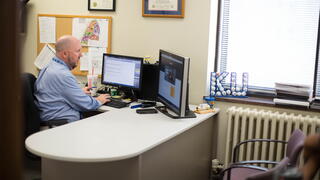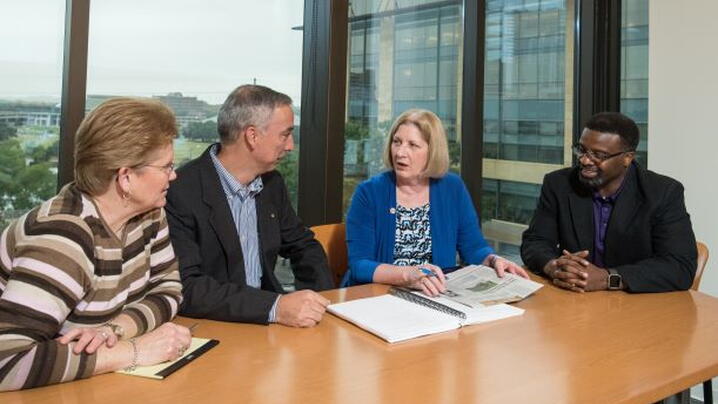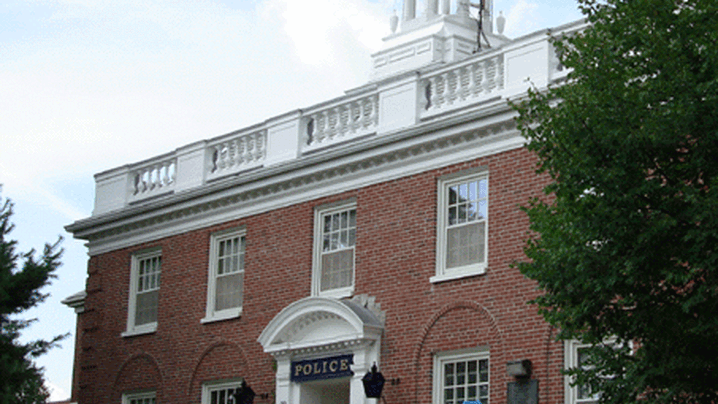
There's a little more to it than just having the ability to watch sessions anytime, anywhere.
PowerPoint presentation by Frank Benest and Kevin O'Rourke at 2018 Annual Conference session Preparing for Your Next Life Phase
Handout from Preparing for Your Next Life Phase from Frank Benest and Kevin O'Rourke
2018 Annual Conference handout from Preparing for Your Next Life Phase from Frank Benest and Kevin O'Rourke

Three local government professionals share their experiences moving to a local government job from the private sector.

As the workforce grows older, local governments need to think of how best to handle the transition to the next generation.

There is a lot to keep track of when starting out as a new CAO; therefore, we have compiled a list of things you can accomplish on day No. 1.
Charlotte has undertaken several racial equity processes designed to improve community service delivery, including the ongoing use of a racial equity lens for city programs.

I have the unfortunate (but correctable) habit of wading into projects—even my own—at step four or five and expecting the world to catch up with me. I have learned fairly recently that starting at step one often isn’t early enough, and that starting at Step Zero is the best predictor of success. Labeled by our…
